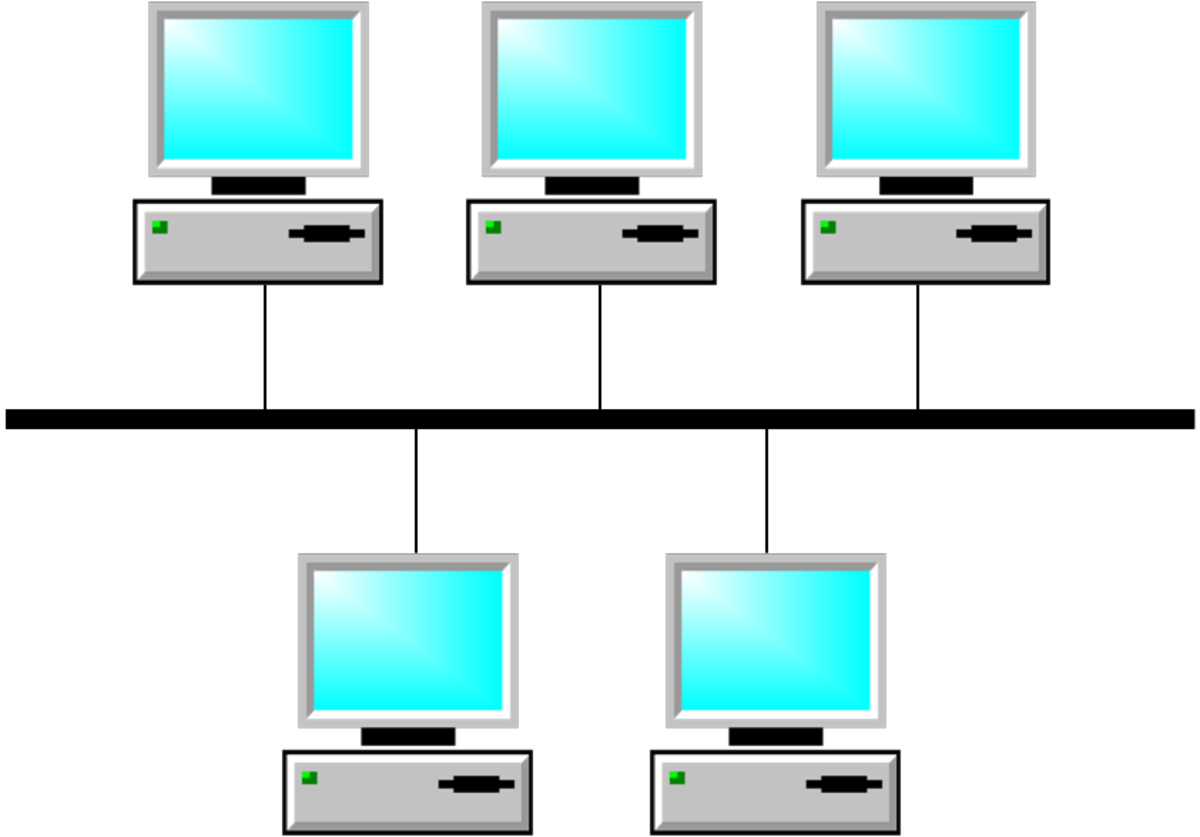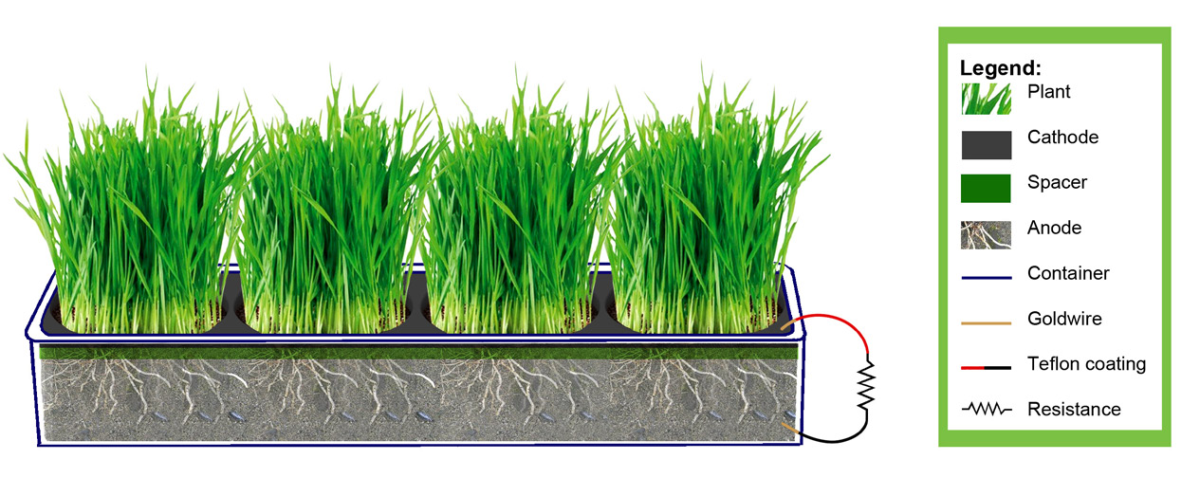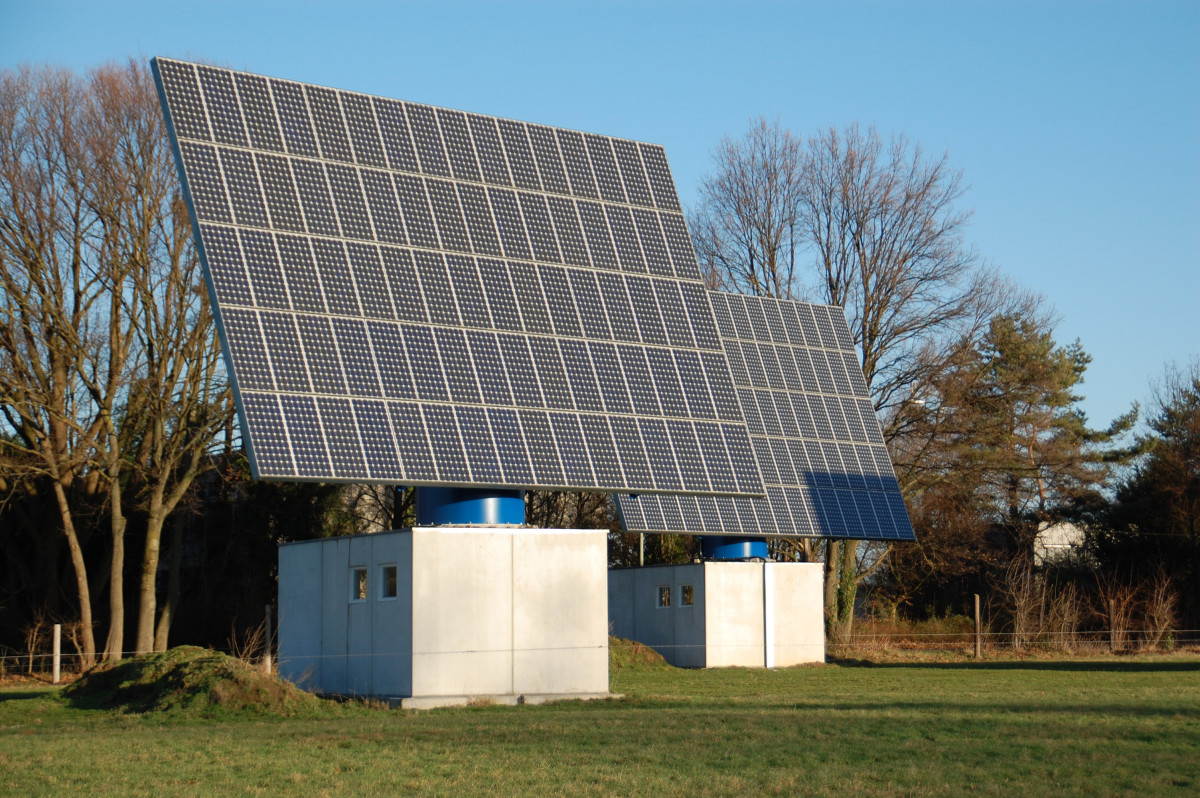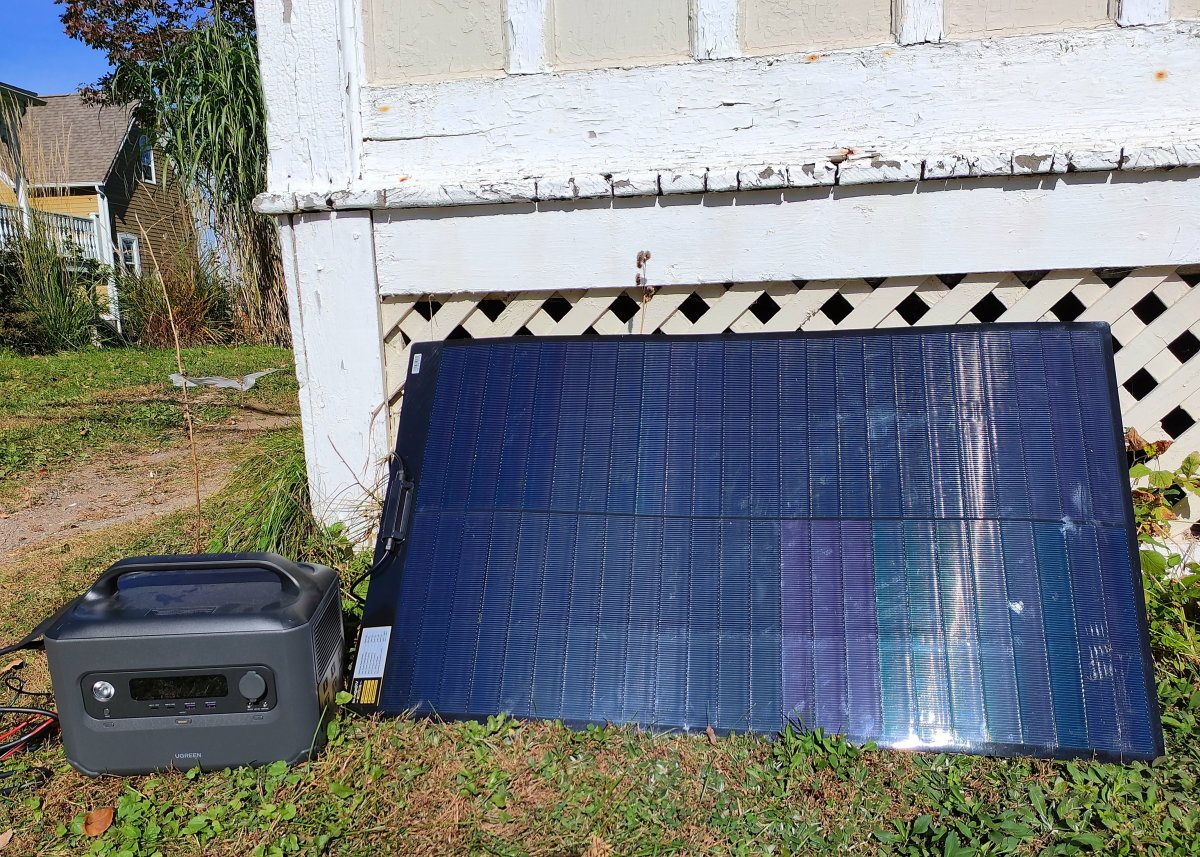How to Make a Datacenter Green
How to Make an Existing Datacenter Green
Data centers are made greener by reducing their energy usage. This can be done by lowering the thermostat in winter, using thermal modeling to minimize overheating, and modifying air flow to keep equipment cool instead of installing more air conditioners.
Another way to make data centers more eco-friendly is buying more energy efficient servers when upgrading equipment. Natural cooling solutions like geothermal HVAC systems reduce the datacenter’s energy needs and may lower its electric bill. Sun has designed a modular datacenter called the Sun MD that is both portable and energy efficient, fitting inside of a twenty foot shipping container. Those looking to expand a data center might consider using a green add-on instead of simply installing new equipment.
Some firms have greened their data centers by consolidating servers into specially designed data centers instead of having local servers at each site. You can see immediate savings by consolidating servers and using virtual servers instead of separate servers for each program. Virtualization improves system utilization, reducing the number of servers needed. Then there is the old-fashioned way to save energy; turn off servers over long weekends or during plant outages if possible.
Datacenter efficiency is marginally improved by replacing duplicate workstations with fewer work stations, using fewer monitors, limiting personal appliances in the workplace and shutting off lights. This is because most data center metrics to determine the power efficiency or “green” rating look at the power usage of the facility relative to the IT output or percentage used by only the servers.
Facebook reduced its data center power usage by eliminated centralized UPS, putting batteries on the racks themselves. This reduced the power loss when the UPS was engaged.
Green Datacenter Standards
There is not yet a standard method for determining the energy efficiency of a whole datacenter, equivalents to the LEED building standards for green construction. This means there are a number of metrics available for determining how efficient or “green” a data center is.
The closest standard is the IEEE green computing conference, which is so far developing tools like GDCSim for analyzing data center design for minimal resource usage. Therefore, businesses today can measure data center efficiency using several different metrics.

Green Datacenter Metrics
Power Usage Effectiveness or PUE is a measure of how much power is used to run the datacenter, instead of being lost as waste heat or lost over network cables. PUE is calculated by finding the total facility power and dividing by the IT equipment power. The IT equipment power includes all power consumed by the servers, RAID devices, SAN, routers and switches.
The total facility power is the total energy used by the facility for any and every purpose. Any energy used for heating, ventilation, air conditioning, lighting and other uses is considered waste by this metric. A perfect PUE ratio is 1.0, though perfect isn’t possible. Facilities with a ratio below 2.0 are doing well.
The DataCenter infrastructure efficiency or DCiE is the inverse of the PUE. This ratio is multiplied by 100%. Ideally, the DCiE is 100%. DCiE is popular because it is easy to understand and chart on a percentage graph.
The green house gas emissions of a data center are important to many consumers and investors. The greenhouse gas or GHG emissions are reduced by reducing its energy demands and by installing locally produced renewable power sources like solar panels on the roof.
Datacenter Performance Per Energy or DDPE is a proposed metric that measures the productivity of the data center per unit of energy. This metric is focused on how much information or data is processed given the energy the facility measures.
The DDPE has four sub-metrics: IT equipment utilization, IT equipment energy efficiency, PUE and the Green Energy Coefficient. The Green Energy Coefficient is based on how much of the power for the datacenter comes from renewable sources. Data centers based in the Pacific Northwest have a natural advantage, because most of the power in that region comes from hydroelectric dams.
The power factor of the datacenter is the ratio of the real power to the apparent power. The real power measures the ability of the datacenter’s servers to perform tasks. The apparent power is the root mean square of the voltage and current of the datacenter of its supplied power. Supplied power has to exceed the demand for energy. However, a high ratio suggests that energy is wasted because it is not used. The ideal ratio is close to 1.0, where hardly any additional power is provided above what is needed.
Coefficient of Performance is a thermal term that measures the thermal efficiency of a device. The COP of a datacenter is the heat dissipated by the datacenter divided by the energy required to cool the facility. The efficiency of the HVAC system rises with the COP.








